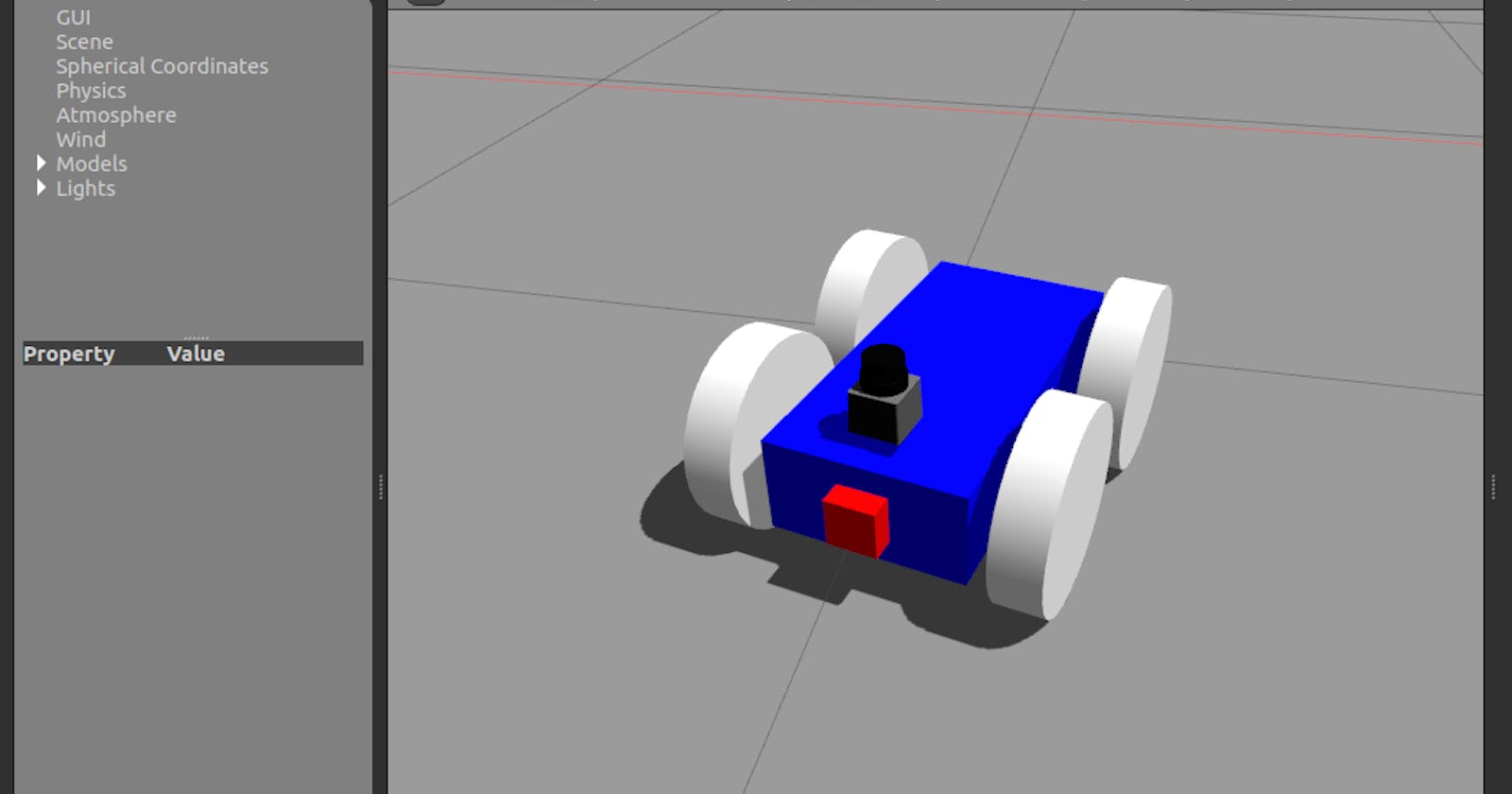Unraveling the Role of robot_state_publisher in ROS: Illuminating Robot State Visualization and Kinematics
In the realm of Robot Operating System (ROS), two fundamental tools, robot_state_publisher and joint_state_publisher, play crucial roles in the control and visualization of robotic systems. While joint_state_publisher focuses on joint states, robot_state_publisher expands the horizon by providing a broader perspective of the robot's state.
Also Read: joint_state_publisher
In this blog post, we will delve into the realm of robot_state_publisher, understand its purpose in ROS, explore its usage, and highlight the key distinctions between robot_state_publisher and joint_state_publisher.
What is robot_state_publisher?
The robot_state_publisher is a vital component of ROS that generates the robot's state information and publishes it as a TransformStamped message. This message contains the transformation (position and orientation) of the links in the robot's kinematic chain relative to a fixed reference frame. The transformation data enables accurate spatial representation and visualization of the robot's configuration.
Understanding the Usage of robot_state_publisher
The primary applications and benefits of robot_state_publisher in ROS are as follows:
Robot Visualization: By publishing the robot's state as a TransformStamped message,
robot_state_publisherenables visualization tools, such as RViz, to render an accurate representation of the robot's position and orientation in a given reference frame. This visualization aids in understanding the robot's configuration and verifying its spatial relationships.Sensor Data Transformation: In robotics, sensor data often needs to be transformed from its local reference frame to a global reference frame.
robot_state_publisherplays a vital role in performing these coordinate transformations by providing the necessary information about the robot's state and spatial relationships.Motion Planning and Control: For trajectory planning and motion control algorithms, it is crucial to have an accurate representation of the robot's state.
robot_state_publisherensures that the motion planner and controller have access to precise information about the robot's configuration and can make informed decisions based on this data.
Distinguishing robot_state_publisher from joint_state_publisher
While both robot_state_publisher and joint_state_publisher are essential tools in ROS, there are significant differences between them:
Scope of Information:
joint_state_publisherfocuses solely on the joint states of the robot, such as positions, velocities, and efforts. On the other hand,robot_state_publisherencompasses a broader scope by providing the complete state information, including the transformations of the links in the robot's kinematic chain.Published Messages:
joint_state_publisherpublishes JointState messages that contain joint state information, whilerobot_state_publisherpublishes TransformStamped messages that contain transformation information of the links.Visualization vs. Kinematics:
joint_state_publisherprimarily aids in visualizing and controlling the robot's joints, whilerobot_state_publisherfocuses on providing accurate kinematic information necessary for visualizing the robot's complete state and performing coordinate transformations.
Conclusion
In the world of ROS, both robot_state_publisher and joint_state_publisher serve essential purposes in the control, visualization, and understanding of robotic systems. While joint_state_publisher concentrates on joint states, robot_state_publisher expands the scope by providing complete state information and facilitating accurate visualization and coordinate transformations. Understanding the distinct roles of these tools empowers developers to effectively utilize them in building and controlling advanced robotic systems within the ROS ecosystem.
